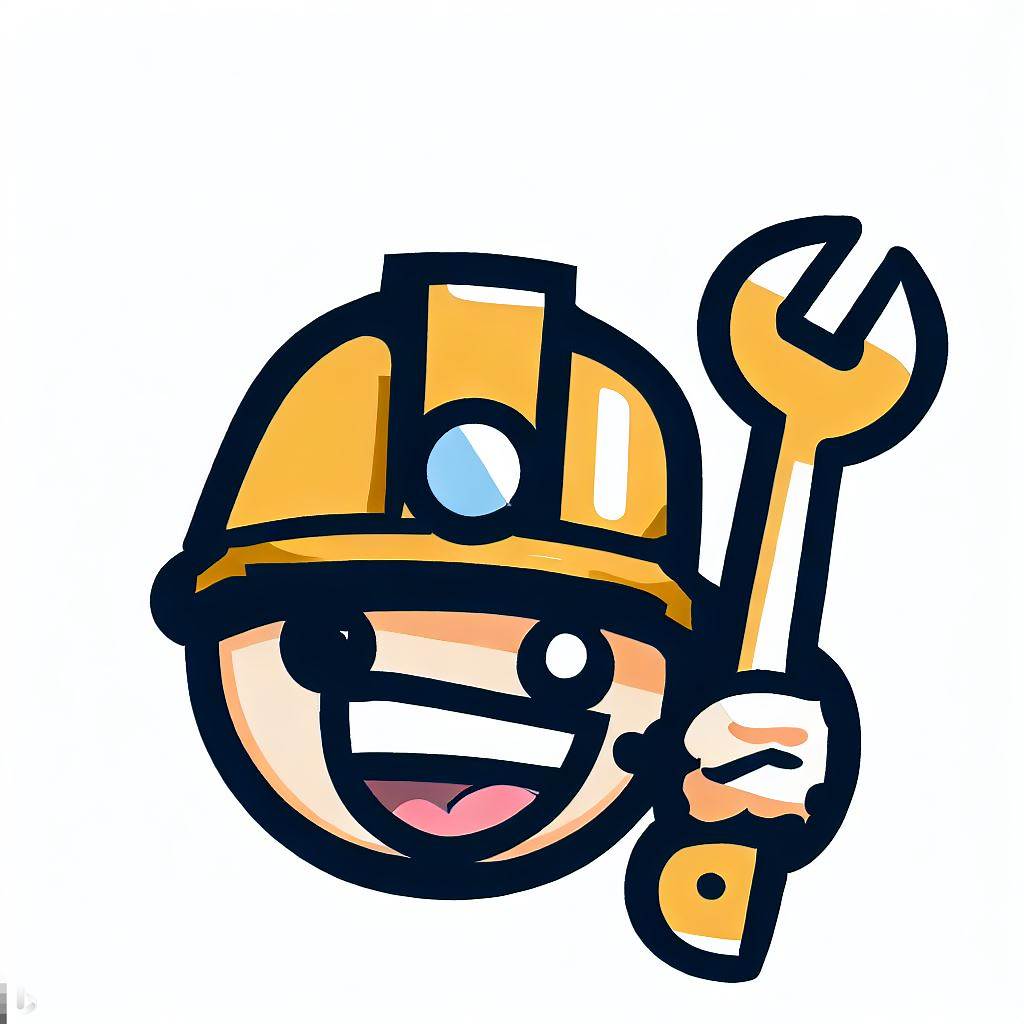It reminds me of this for some reason.

Fun fact: those “C10” pins holding the knuckles are not stressed. For a time, they could be purchased in plastic. The assembly is called a coupler, the main part is a coupler body, and the little part resembling your fingers preparing for a thumb war is the knuckle. You only see about 60% of the knuckle. There is a shank and tailstock on the inner end of the knuckle that hooks into ledges inside the coupler body. All the pulling force (as long as it’s not worn out too bad) is applied from knuckles to the body with zero force on the pin.
The plastic pins are now banned. Not from failure, but from being a nightmare to remove. When the knuckle wears and puts too much force on the pin, the metal pins crack. The plastic pins just bent and typically had to be torched out.
Couplers also can have 2 feet of travel. They usually have cushioning dampers behind them. It could be 8" of extension and 16" of compression from rest. This protects cargo from jolts and the coupler from damage, especially when braking. Trains are not a friendly place to be near when slowing.

